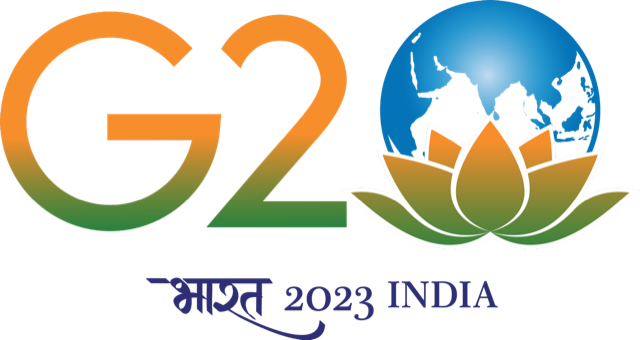Arun K. Sharma
Friday seminar by Ms. Shipra Singh
UVR8: A UV-B photoreceptor
Regulation of Plant Growth by Ultraviolet Rays
Shipra Singh
Ultraviolet-B radiation (UV-B) is an intrinsic part of sunlight, which is a potential abiotic stress factor for any organism. However, low-level, non-damaging UV-B serves as a photomorphogenic signal to regulate various biological effects in plants including inhibition of hypocotyl growth, flavonoid biosynthesis, entrainment of the circadian clock, phototropism, stress tolerance, auxin signaling and many more. A unique molecular signaling pathway exists for UV-B acclimation and perception via a UV-B photoreceptor UV RESISTANCE LOCUS 8 (UVR8). Significant progress has been made in understanding the molecular events in UVR8-mediated signaling and responses. Among these are two recent reports elucidating the constitutive interaction of UVR8 with different transcription factors including WRKY DNA-BINDING PROTEIN 36 (WRKY36), BRI1-EMS-SUPPRESSOR 1 (BES1) and BES1-INTERACTING MYC- LIK1 (BIM1).
Suggested readings:
- Yin, R., and Ulm, R. (2017). How plants cope with UV-B: from perception to response. Curr. Opin. Plant Biol. 37, 42–48.
- Yang, Y., Liang, T., Zhang, L., Shao, K., Gu, X., Shang, R., Shi, N., Li, X., Zhang, P., and Liu, H. (2018). UVR8 interacts with WRKY36 to regulate HY5 transcription and hypocotyl elongation in Arabidopsis. Nat Plants 4, 98–107.
- Liang, T. et al. (2018) UVR8 interacts with BES1 and BIM1 to regulate transcription and photomorphogenesis in Arabidopsis. Dev. Cell 44, 1–12


